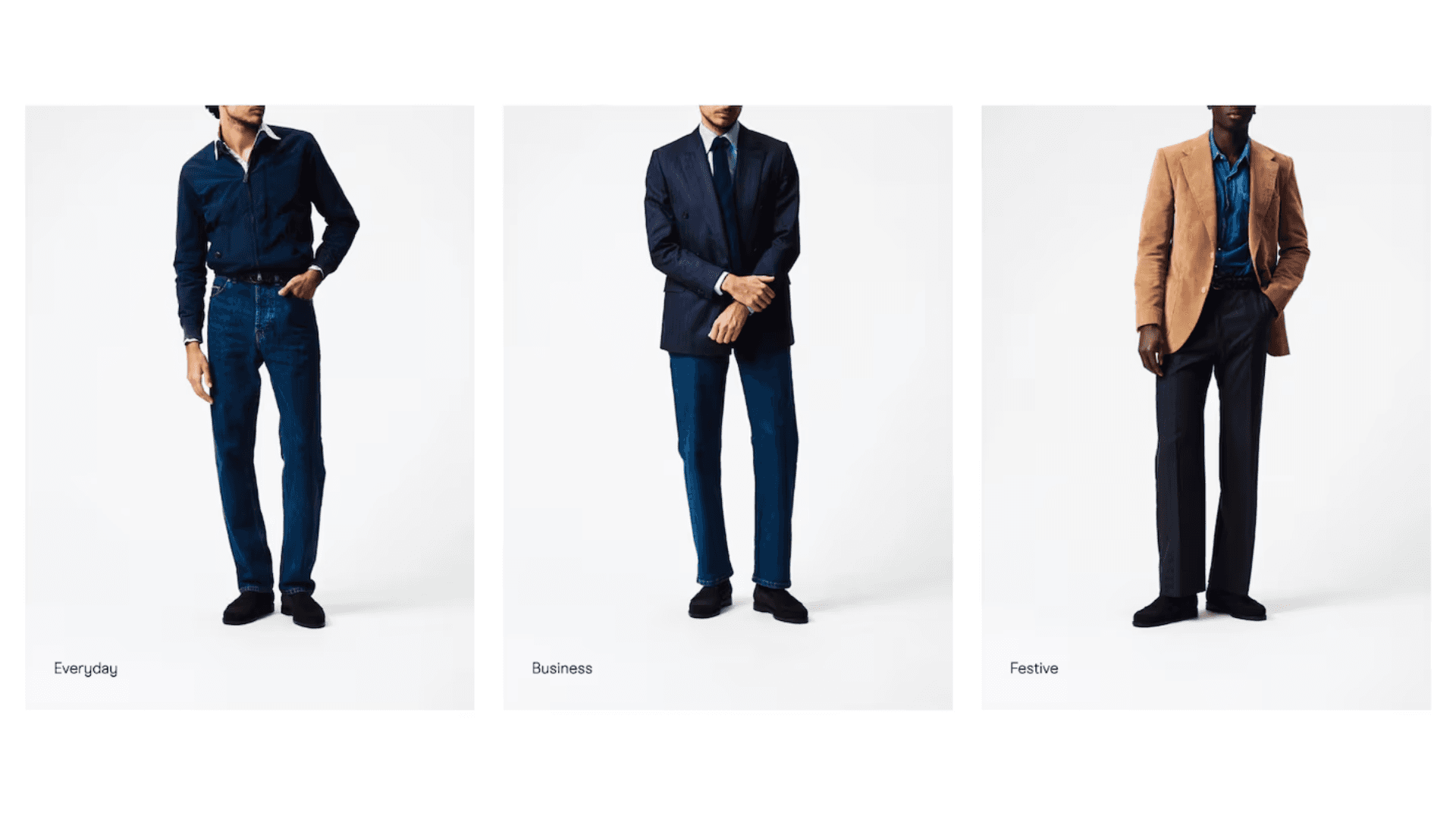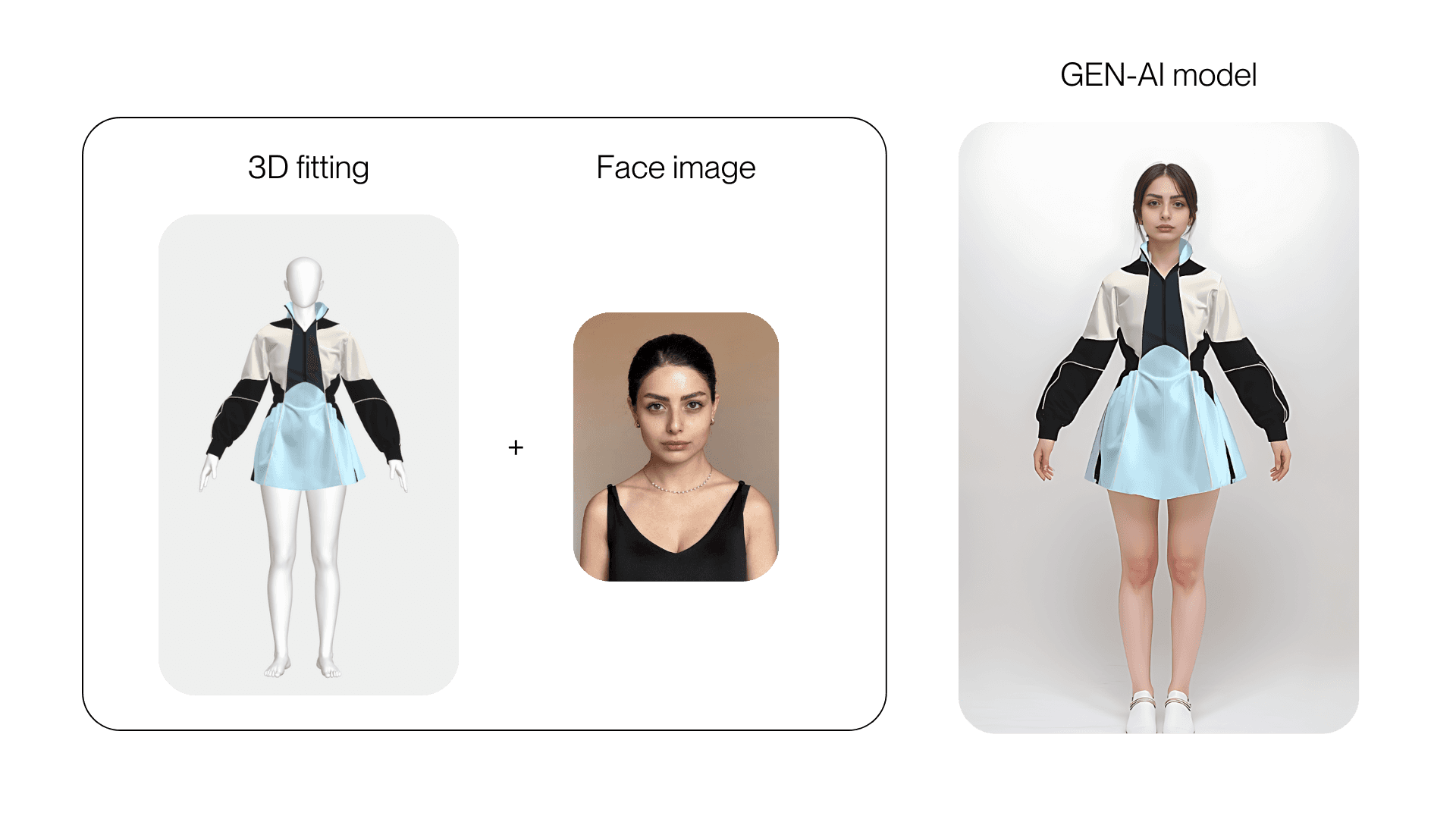How to Get Customers to Shop Online?
Online shopping has revolutionized the retail landscape, but the evolution of e-commerce continues as brands explore new ways to enhance customer experiences. This article explores key insights, challenges, and innovations shaping the future of online retail.
Tips to Engage More Online Shoppers
The fashion e-commerce landscape is undergoing a significant shift as consumers' expectations evolve. Malique Morris notes that successful fashion e-commerce brands are increasingly leveraging personalization to boost sales. However, this does not necessarily require expensive software upgrades. Global e-commerce sales growth is predicted to slow to 7.4% by 2027, a reflection of consumer fatigue with standard online shopping interfaces.
Personalization Overhaul
Brands are realizing the importance of creating tailored experiences, similar to how social media platforms use algorithms to curate content. Research indicates that 74% of consumers feel frustrated when website content is not personalized, underscoring the need for a shopping experience that resonates with individual preferences and fosters a unique connection to the brand.
Budget-Friendly Innovations
Not every company has the resources to invest in cutting-edge AI features. Companies like Vici are optimizing existing data and tools to enhance product recommendations and search functionalities without massive financial outlays. For instance, after making its search bar more visible and using data-driven approaches to highlight similar styles, Vici reported a 15% increase in conversion rates.

Footwear brand Morjas' "three ways to style" series is one way it's improved its e-commerce experience without expensive software.
Evolving With Feedback
Adaptability is crucial. Brands must remain agile and responsive to customer feedback to refine features and maintain engagement. eBay’s "Shop the Look" initiative is pioneering in this space by using user browsing data to recommend outfits. Although the level of user control over these recommendations is still being refined, the platform has seen a 10% increase in user engagement and a 5% boost in sales of fashion items since implementing this feature.
Addressing Online Shopping Challenges: Size and Fit Issues
A significant barrier in online apparel shopping is the high return rate, primarily due to sizing and fit issues. Offline-based apparel companies report higher return rates, with 53% attributing returns to size and fit. This problem can reduce a retailer's bottom line by an estimated 28.9%, equating to an average loss of $11.34 million annually.
Solutions and Strategies
Enhanced Customer Confidence
By incorporating tools such as 3D body scanning, brands can ensure customers are more confident in their purchases, thereby reducing the necessity for returns and improving the overall shopping experience. According to a report by Coresight Research, 29% of brands that implemented size-recommender tools experienced an 80% increase in conversion rates.

Virtual Try-Ons and Size Recommenders
The adoption of virtual try-on tools and size recommendation technologies has become essential. A survey indicates that 85% of apparel brands and retailers are either using or planning to use these tools to decrease returns and increase customer satisfaction. For example, Amazon's virtual try-on tool for shoes has led to a 20% reduction in returns and a 15% increase in customer satisfaction scores.
Embracing New Trends: The Rise of Gen AI Models
Levi’s is leading the charge in integrating Gen AI models to enhance diversity in their e-commerce platforms. By using AI to supplement human models, Levi’s aims to provide a more inclusive shopping experience that reflects a variety of sizes, ages, and ethnicities.

Inclusivity Through Technology
AI models help fill gaps in representation where it’s impractical to employ an extensive range of human models. This approach is expected to appeal to a broader customer base by showcasing products on a diverse set of models. Levi's projects a potential 12% increase in sales by enhancing the inclusivity of its product displays.
Potential for Consumer Engagement
By showing products on a diverse set of models, brands can appeal to a broader customer base and increase the likelihood of purchase by making it easier for consumers to visualize the product on themselves. Research suggests that customers are 30% more likely to purchase products that they see on models resembling themselves.
Be Your Own Model with Wearify and Gen AI
While Gen AI brings new possibilities, the surge of virtual try-on technology is growing in the market. Wearify is pioneering the future of online apparel shopping by empowering customers to visualize clothing on themselves using Gen AI technology.
Step-by-Step Customization
Wearify allows users to create a personalized 3D mannequin based on their measurements.
By uploading a face image, customers can create a lookalike model, offering a more accurate representation of how clothes will fit and appear on them.

Wearify’s technology enables customers to upload their photos and see how outfits fit, offering a personalized and interactive shopping experience that increases purchase confidence. This feature is expected to reduce the return rate by up to 25% by providing more accurate fit visualizations.
Personalized Shopping Experience
By providing customers with accurate visualizations of fit and style, Wearify helps reduce the likelihood of returns, saving costs for both the customer and the retailer. Explore Wearify today to see how personalized, inclusive, and innovative technology can redefine your approach to e-commerce. Make your customers feel seen and valued, reduce returns, and boost your sales by embracing the future of fashion retail.
Conclusion
As e-commerce continues to evolve, brands must adapt to meet customer expectations for personalization and inclusivity. By leveraging data, adopting new technologies like Gen AI and 3D try-on, and listening to customer feedback, brands can create a shopping experience that not only meets but exceeds customer needs, leading to increased sales and customer loyalty.



